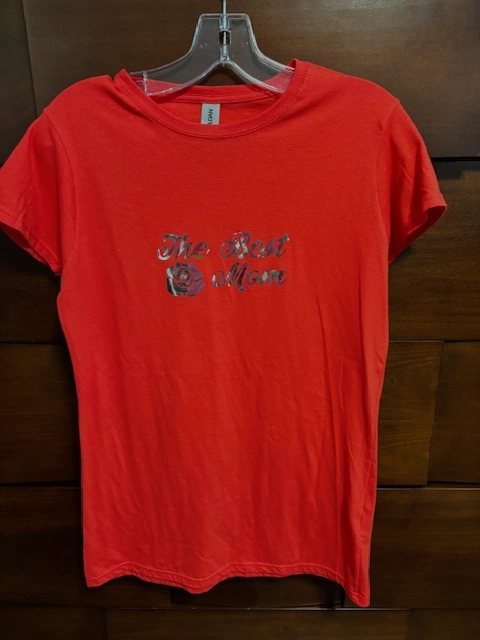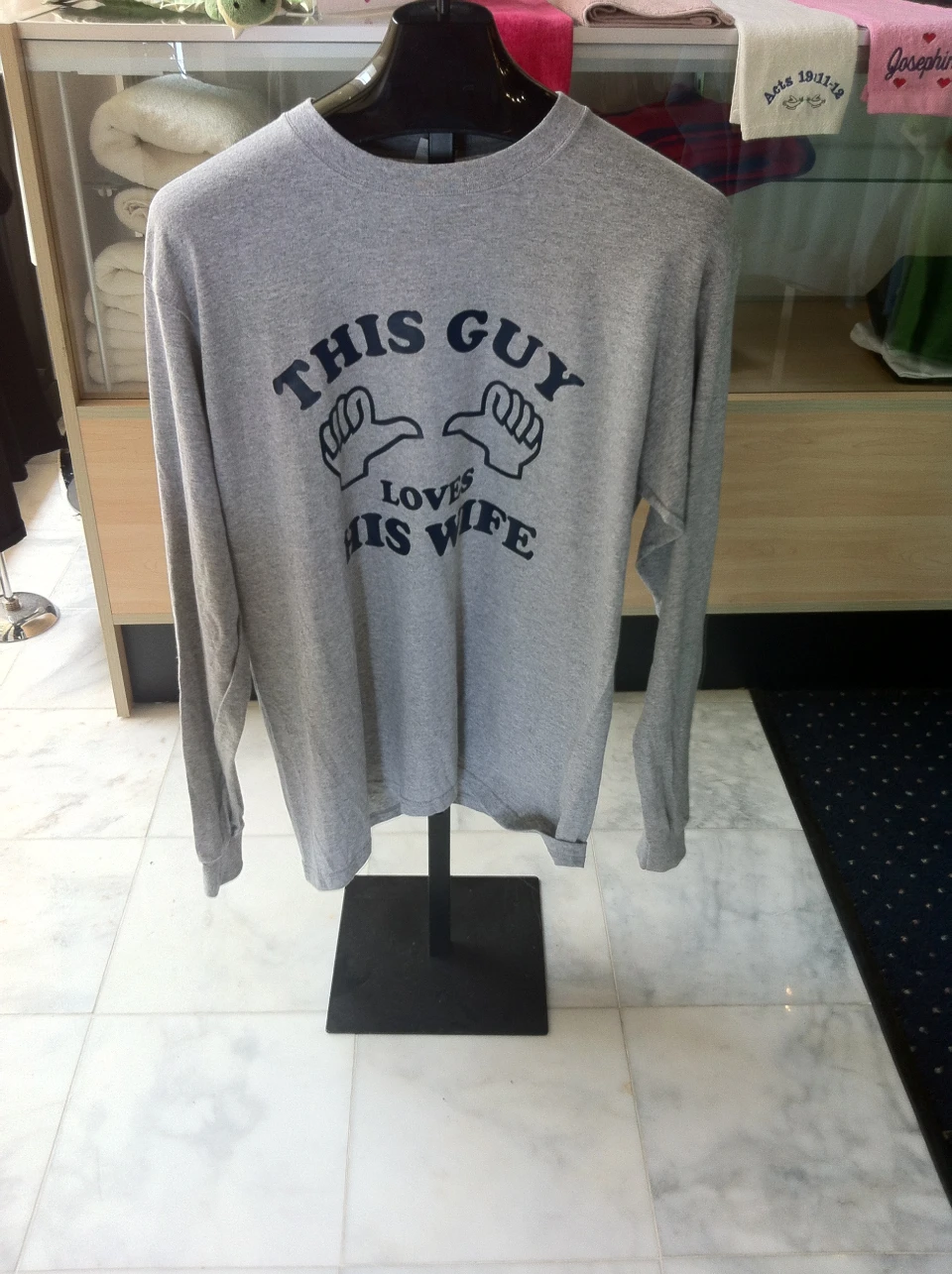Heat Transfer on T-Shirts and Aprons - Custom Styles and Logos
Heat Transfer on T-Shirts and Aprons - Custom Styles and Logos
Blog Article
The Art of Personalized Needlework: Unlocking the Tricks to Creating Unique and Memorable Designs
The tricks to creating customized embroidery layouts that astound the eye and leave a long-term impression lie in a fragile balance of technique, imagination, and attention to information. As we dive into the globe of customized needlework, we discover the nuanced interaction in between string option, stitch intricacy, and style customization that elevates a plain garment to a job of art.
Picking the Right Needlework Threads
When picking needlework strings, what vital factors should you consider to ensure the most effective results for your custom-made styles? The choice of needlework string is vital in establishing the last outcome of your stitched style. One of the primary factors to consider is the product of the thread. Various products such as cotton, polyester, rayon, and silk offer differing degrees of shine, toughness, and appearance. It is vital to select a string material that matches the textile you are embroidering on and aligns with the desired appearance of the style.
In addition, the weight or density of the string plays a considerable duty in the appearance of the needlework. Thicker threads can include dimension and texture to your style, while finer threads are ideal for detailed details and small message. Furthermore, taking into consideration the shade fastness and washability of the thread is important to ensure that your customized layouts preserve their quality and vibrancy in time. By carefully reviewing these factors and selecting high-grade strings that meet your certain needs, you can boost the visual appeal and longevity of your stitched developments.
Checking Out Different Stitch Techniques
To delve right into the world of 'Checking out Different Stitch Techniques', one should comprehend the details and subtleties that each stitching technique gives the art of embroidery. Various stitch methods not only add visual interest yet additionally add to the overall structure and measurement of the style. One popular stitch strategy is the satin stitch, which includes closely jam-packed parallel stitches to produce a smooth and glossy surface, ideal for completing shapes and developing bold lays out.
On the various other hand, the backstitch is a functional strategy often made use of for outlining and adding great information. It involves sewing backwards to produce a strong line of needlework. Furthermore, the French knot stitch includes a responsive component to styles, excellent for producing distinctive accents like flower facilities or attractive touches.
Discovering different stitch methods allows embroiderers to have fun with light, shadow, and deepness within their styles, raising the aesthetic appeal and imaginative quality of their needlework projects. By mastering different stitching methods, one can open endless opportunities for developing unique and unforgettable personalized needlework items.
Incorporating Personalized Design Elements
Having actually explored the details of various stitch methods such as the satin stitch, backstitch, and French knot, the focus now shifts towards integrating individualized design aspects in custom-made needlework tasks. Personalized design aspects play a crucial duty in making embroidery projects truly one-of-a-kind and remarkable.
One more way to integrate tailored design aspects is by including symbols or concepts that hold special significance to the recipient or show their rate of interests and individuality. As an example, including a favorite blossom, animal, or hobby-related sign can make the embroidery style more purposeful and individualized. Furthermore, choosing shades that reverberate with the recipient or line up with the intended motif can further improve the customization of the embroidery task.
Understanding the Art of Shade Sychronisation

One secret go to my blog element of color control is navigate to this site recognizing shade concept. This consists of knowing how different colors communicate with each various other, the emotions they convey, and just how they can be combined to produce aesthetically appealing styles. By using color concept concepts, embroiderers can produce unified color schemes that enhance the general look of the layout.
Furthermore, focusing on contrast is important in color coordination. Making use of contrasting shades can help particular aspects of the style pop, improve clarity, and create a visually dynamic needlework item. By mastering the art of color control, embroiderers can boost their layouts and develop remarkable items that resonate with clients and customers alike.
Enhancing Texture With Advanced Embroidery Stitches

French knots, as an example, are best for adding little, elevated dots to your design, resembling the look of grains or producing a textured surface. Bullion knots, on the various other hand, can be used to develop twisted, ropelike aspects that include an extravagant feeling to the needlework. Seed sewing entails small, scattered stitches that can fill up in locations browse around these guys with a multicolor texture, while turkey work develops fluffy, dimensional accents similar to animal fur or foliage. Experimenting with these sophisticated needlework stitches allows you to push the limits of typical embroidery and create really distinct and aesthetically attractive structures in your styles.
Verdict
To conclude, the art of personalized needlework entails a mix of choosing the best threads, checking out various stitch strategies, incorporating personalized style components, understanding color control, and improving texture with sophisticated stitches. By recognizing and applying these crucial elements, embroiderers can develop unique and remarkable layouts that showcase their creative thinking and ability. Embroidery lovers can unlock the tricks to creating gorgeous and bespoke items that attract attention and leave a lasting impact.
Report this page